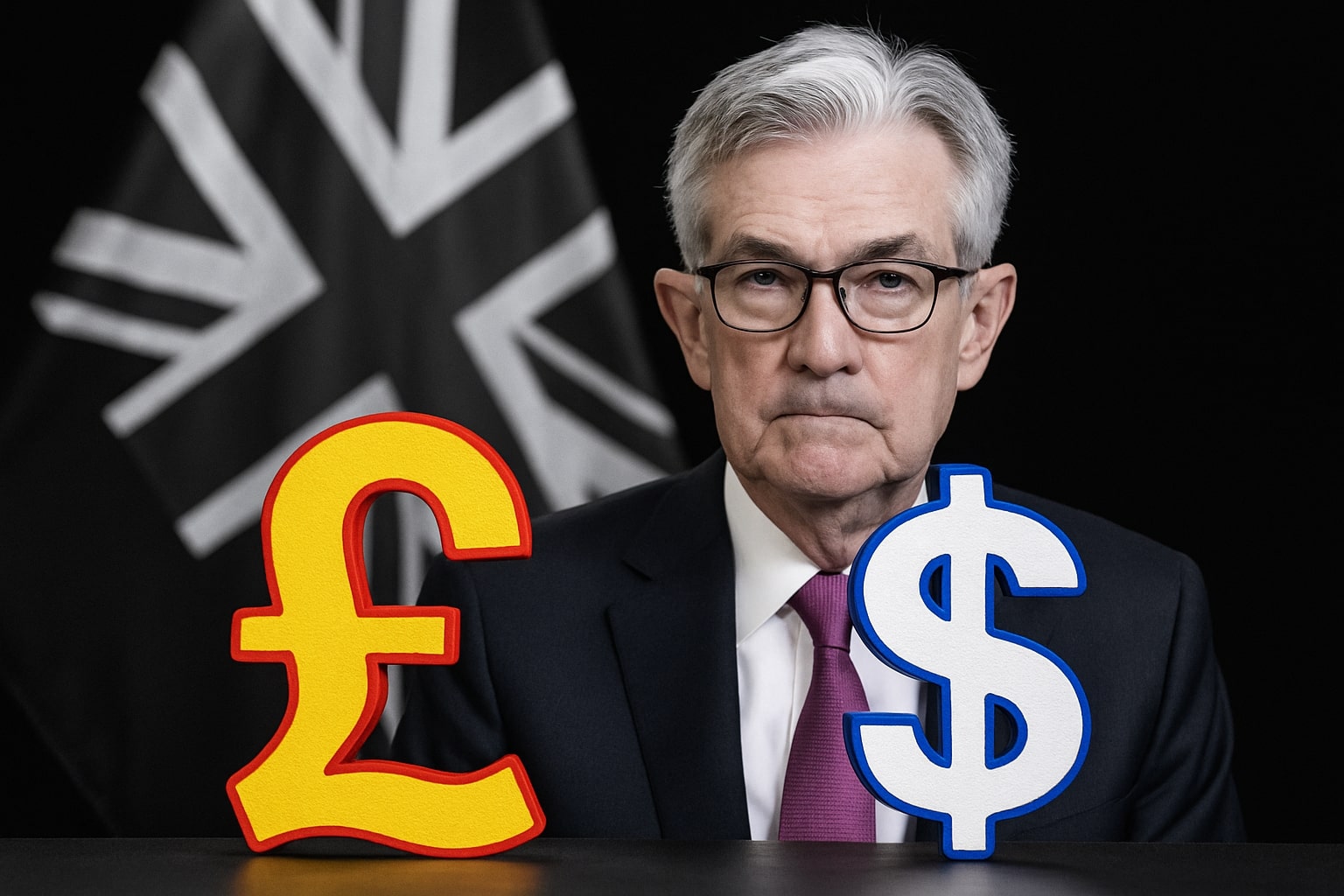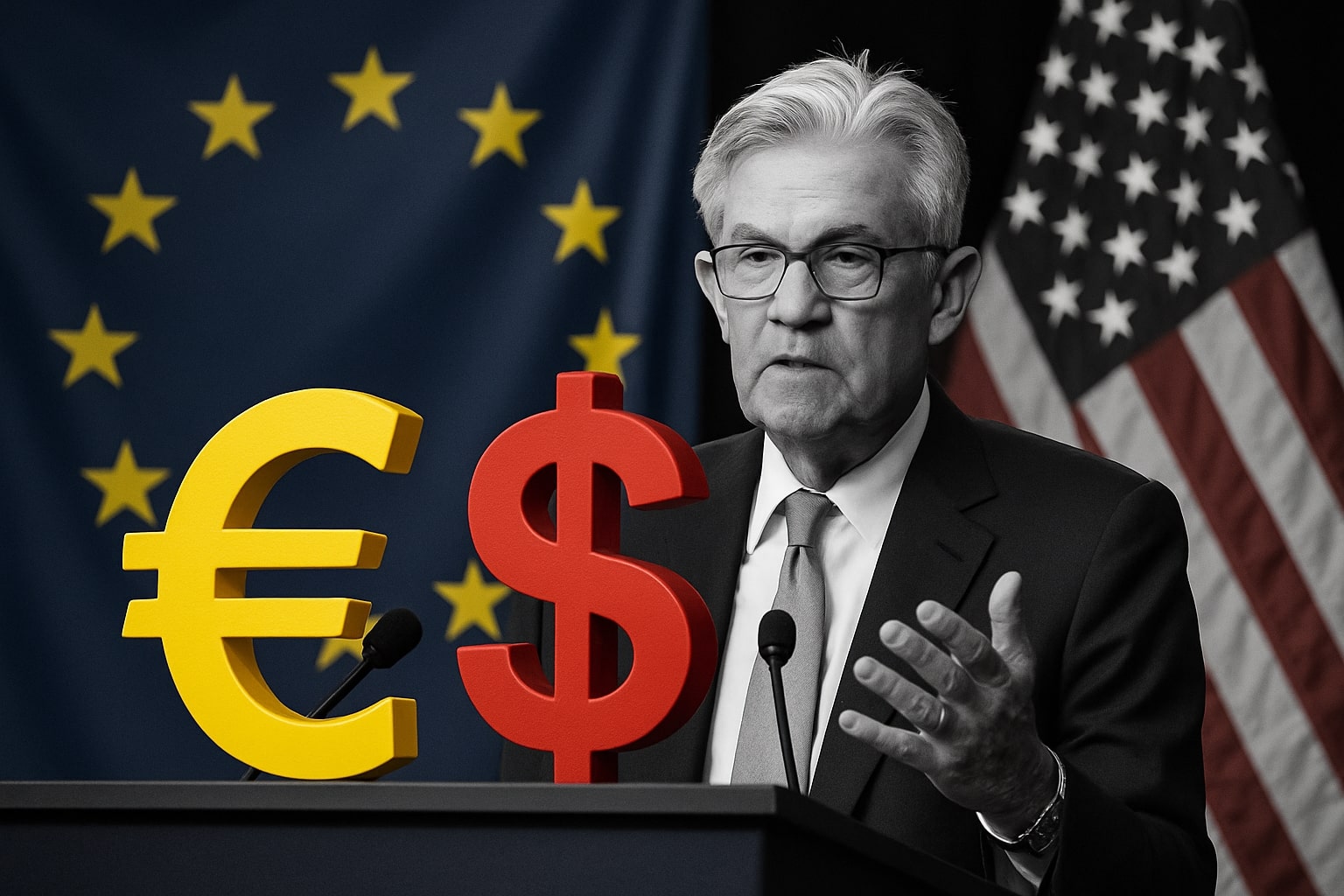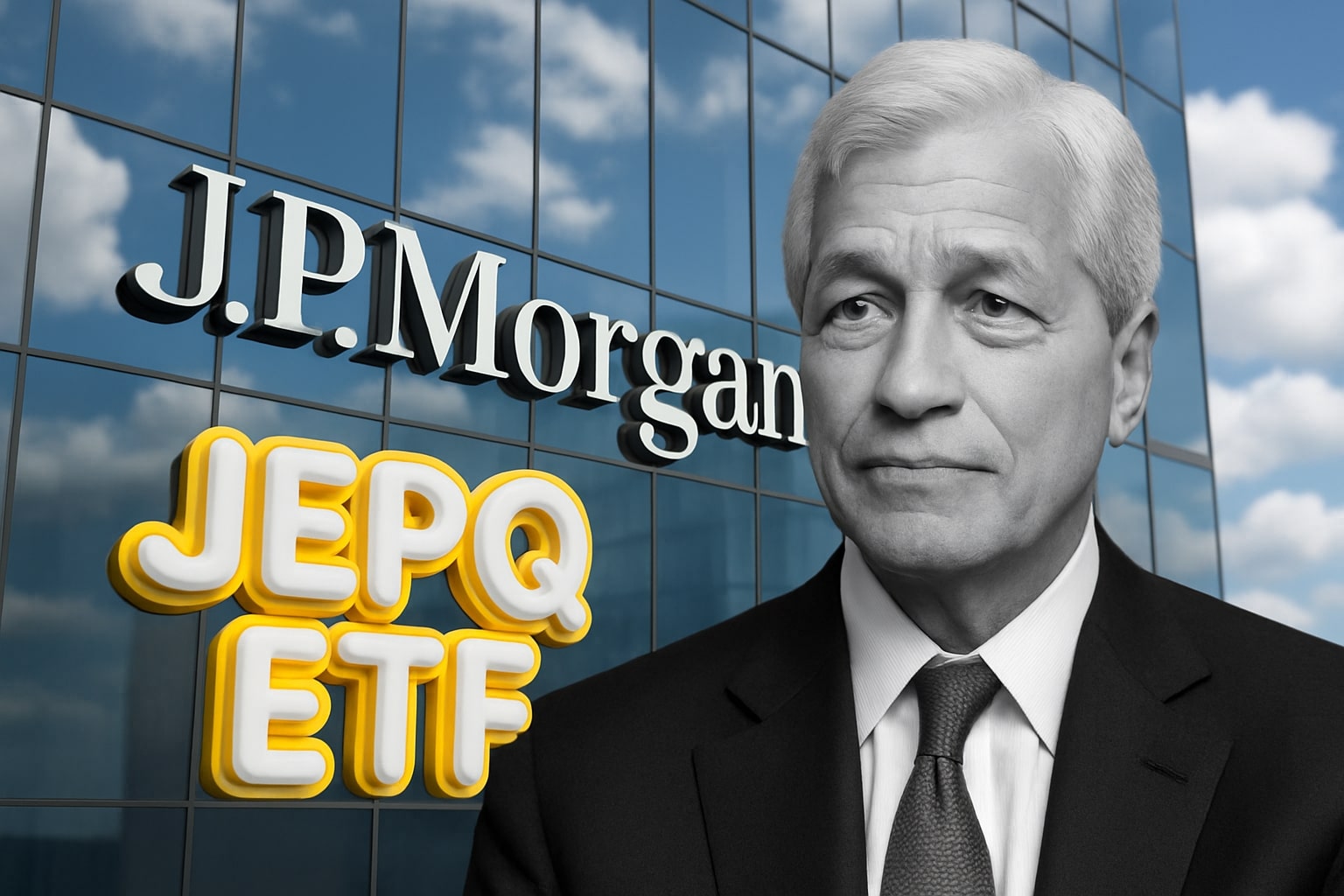EUR/USD: Two-Month Lows, a Fragile Bounce, and a Macro Gauntlet Ahead
EUR/USD Price Map: From 1.1800 Faded to 1.1540 Printed
EUR/USD shed altitude from mid-September peaks above 1.1800 and printed a two-month trough near 1.1540 before clawing back to roughly 1.1620 into the weekend. That sequence tells you positioning was leaning short into U.S. policy risk and tariff headlines, then partially unwound as haven flows into the dollar ebbed intraday. Price is operating inside a tight, tradable corridor that has repeatedly mattered for intraday desks: 1.1571 on the downside has acted as a speculative pivot, while the 1.1710 neighborhood caps rebounds when U.S. yields stabilize. Immediate friction stacked at 1.1630, 1.1690, and 1.1725 has contained every bounce since Wednesday; a daily close above 1.1700 is the first sign the bulls are doing more than just covering.
Trend, Momentum, and Structure: Why the 1.1700 Ceiling Still Matters for EUR/USD
The pair remains under its 50- and 100-day moving averages, a configuration that typically keeps countertrend rallies short-lived until proven otherwise. The 200-day sits much lower—near 1.1220—reminding longer-term players that the primary up-move from early summer has already surrendered a chunk of its cushion. Momentum has stabilized but not turned: RSI near 47 has exited oversold conditions without breaking above the mid-50s where enduring upside impulses usually begin. That puts the burden of proof on buyers to convert 1.1700 from cap to floor; until then, rallies into 1.1630–1.1725 attract supply.
Macro Shock Mix: 100% Tariff Threats, a U.S. Shutdown, and a Divided Fed
Three catalysts reset the dollar narrative in a single week. First, renewed trade-war rhetoric out of Washington—including a stated intent to impose a 100% tariff on Chinese imports—ignited a classic risk-off impulse that initially favored the dollar and knocked pro-growth FX. Second, the ongoing U.S. government shutdown has throttled official data flow and amplified uncertainty around near-term growth. Third, FOMC minutes revealed a committee split on the pace of easing even as markets ascribe high odds to at least one 25 bp cut by late October. This push-pull left EUR/USD whipsawed: the pair slid under 1.1600 on Thursday as havens bid, then recovered toward 1.1620 Friday when equities stabilized and rate-cut expectations firmed. The bottom line is simple and price-relevant: if tariffs escalate from threat to timetable while the shutdown lingers, the growth hit can keep risk assets heavy and keep the dollar bid on stress days; if the Fed guides toward cuts with conviction, U.S. yields slip and the euro finds air above 1.1600.
Europe’s Counterweight: France’s Reset, Germany’s Soft Patch, and What It Means for EUR/USD
Euro-side news has not provided a decisive floor. French political turbulence—triggered by the prime minister’s resignation and then a rapid reappointment—temporarily dented sentiment before easing late week. Germany’s latest factory orders and industrial production readings reinforced a sluggish growth profile, a backdrop that restrains how far the euro can run without a stronger U.S. yield-curve impulse. At the policy level, ECB commentary that disinflation is largely on track and policy is “in a good place” reduces the likelihood of hawkish surprises. Translation for EUR/USD pricing: Europe isn’t supplying upside torque; the pair’s larger swings still hinge on U.S. rates, Washington’s tariff path, and global risk appetite.
Event Risk Heatmap: EUR/USD Faces CPI, PPI, Retail Sales; Euro HICP and ZEW in the Frame
The data slate is loaded in a way that can reprice both sides of the cross. In the U.S., CPI, PPI, and Retail Sales cluster into a high-volatility window. A softer CPI-PPI sequence alongside weaker retail demand typically drags Treasury yields down the curve and weakens the dollar, giving EUR/USD a shot at 1.1690–1.1725. Conversely, sticky core prints or firm consumption would stiffen the dollar and resurrect 1.1600 and 1.1571 tests. In the Eurozone, Germany’s HICP and the ZEW survey offer a quick read on inflation progress and expectations; disappointment there tends to cap euro rallies even when the dollar is off its highs. Watch also for the Fed’s Beige Book tone—if labor softness and margin pressure dominate, the market will add cuts and lean against the dollar.
Micro Levels, Big Stakes: The Tape Tells the Story for EUR/USD
Intraday structure has been clean. Buyers defended 1.1550–1.1571 twice, signaling real money demand or systematic covering down there. Every push into 1.1630 stalled on first touch, a reminder that supply hides above and algos are fading strength until a daily close clears that shelf decisively. A stop-build is visible above 1.1690 and again over 1.1725; if CPI underwhelms and yields slip, that ladder can accelerate a squeeze toward 1.1800, the area where the September slide began. On the downside, a daily close below 1.1571 re-opens 1.1500–1.1450, the zone cited repeatedly by short-term models as fair value if U.S. data surprises hawkish and tariff timelines harden. If risk degrades further, the 1.1400s can trade quickly; only a shock would bring 1.1220 (the 200-day) into near-term play.
Positioning, Sentiment, and the Dollar’s Crosscurrents Around EUR/USD
Even without fresh CFTC prints during the shutdown window, the behavior of the tape hints at cautious euro longs and opportunistic dollar buyers. The sequence—sell into U.S. tariff headlines, then fade extreme dollar strength when equities stabilize—has dominated the past two sessions. Equity drawdowns and crude’s slip toward the high-50s per barrel often correlate with firmer USD on stress days; that correlation loosened slightly into Friday as rate-cut pricing overshadowed growth angst. If U.S. 10-year yields fall another 10–15 bps on a benign CPI, dollar bulls will retreat, and EUR/USD should carve out 1.1690–1.1725. If, instead, CPI and Retail Sales run hot, two-way liquidity thins quickly beneath 1.1600.
Trading Plan and Risk Markers: What Has to Happen for EUR/USD to Trend
To build a durable up-leg, EUR/USD needs a clean daily close above 1.1700 followed by acceptance over 1.1725, turning that band into support and inviting a run toward 1.1800 where late-Q3 supply first overwhelmed buyers. That scenario typically requires a combination of softer U.S. inflation, risk-on equities, and calmer tariff rhetoric. To extend lower, the pair must settle below 1.1571, convert 1.1600 into resistance, and then attract momentum accounts into 1.1500–1.1450. That’s most likely if U.S. data prints hot or if tariff measures firm into an actionable timetable that rattles global PMIs. Volatility will be headline-driven; manage risk accordingly with stops outside the day’s extremes because intraday swings of 60–100 pips have been frequent.
Verdict on EUR/USD: Bias Bearish, Tactically Sell Rallies Until 1.1700/1.1725 Breaks
Given price below the 50- and 100-day averages, momentum sub-50, and event risk skewed to binary U.S. inflation outcomes, the path of least resistance remains lower while 1.1700–1.1725 caps. Strategy is to sell strength into 1.1690–1.1725 with risk above 1.1750, targeting 1.1600 first, then 1.1571 and 1.1500 if U.S. data or tariff headlines lean dollar-positive. Flip the script only on a daily close north of 1.1725; above there, a squeeze toward 1.1800 can unfold quickly as stops cascade.
That's TradingNEWS




















